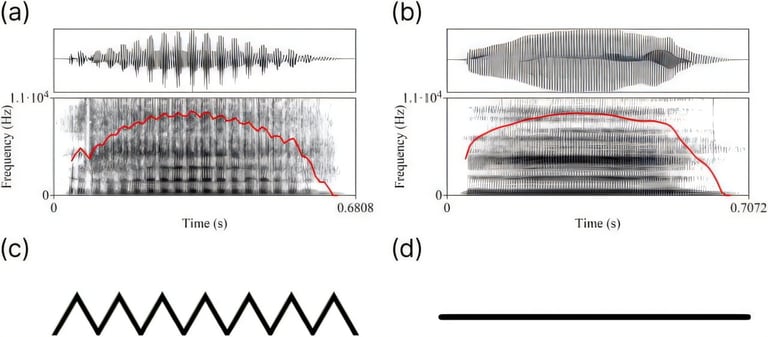Study Finds Global Link Between Trilled 'R' Sound and Rough Textures in Language
November 20, 2024
Unlike the bouba/kiki effect, which varies across languages, this association was consistent across all languages tested in the study.
The highest match rates (100%) were recorded among speakers of Estonian and Finnish, while the lowest was 70% among speakers of Albanian and Mandarin Chinese.
A recent study from the University of Birmingham reveals a strong global association between the trilled R sound and rough textures, while the L sound is linked to smooth textures.
Participants matched audio recordings of trilled R and L sounds to images of jagged and straight lines, showing a significant tendency to associate R with jagged lines (94%) and L with straight lines (84%).
Dr. Perlman concluded that the trilled R, despite being difficult to articulate, is prevalent across languages due to its strong expressive value, enhancing its iconicity and appeal.
Associate Professor Marcus Perlman explained that R sounds are often linked to rough surfaces, suggesting an iconic resemblance between speech sounds and their meanings.
Published on November 20, 2024, in the Journal of the Acoustical Society of America, this research highlights a significant case of 'sound symbolism'—the idea that speech sounds directly correlate to meanings.
The study suggests that these associations may be more universal than the well-known bouba/kiki effect, indicating a deeper level of sound symbolism in language.
Bodo Winter, a linguistics professor, noted that nearly all participants perceived R as rougher than L, demonstrating stronger consistency than previous bouba/kiki studies.
The findings were based on data from 1,030 participants across 28 different languages, including English, Spanish, and Mandarin, showcasing a wide linguistic scope.
Notably, even speakers of languages that do not include a trilled R, such as Palikúr, still matched the sound with roughness, indicating a near-universal perception of these associations.
Interestingly, native speakers of languages that use the alveolar trill R exhibited slightly lower match rates, suggesting that familiar usage may diminish the iconic power of the sound.
Summary based on 4 sources
Get a daily email with more Science stories
Sources

The Guardian • Nov 20, 2024
People around world associate rolled R with a jagged line, study finds
ScienceDaily • Nov 20, 2024
R sounds are rough, and L sounds are smooth, according to cross-cultural study
Neuroscience News • Nov 20, 2024
L is Smooth, R is Rough: Our Brains Link Sounds to Sensations - Neuroscience News